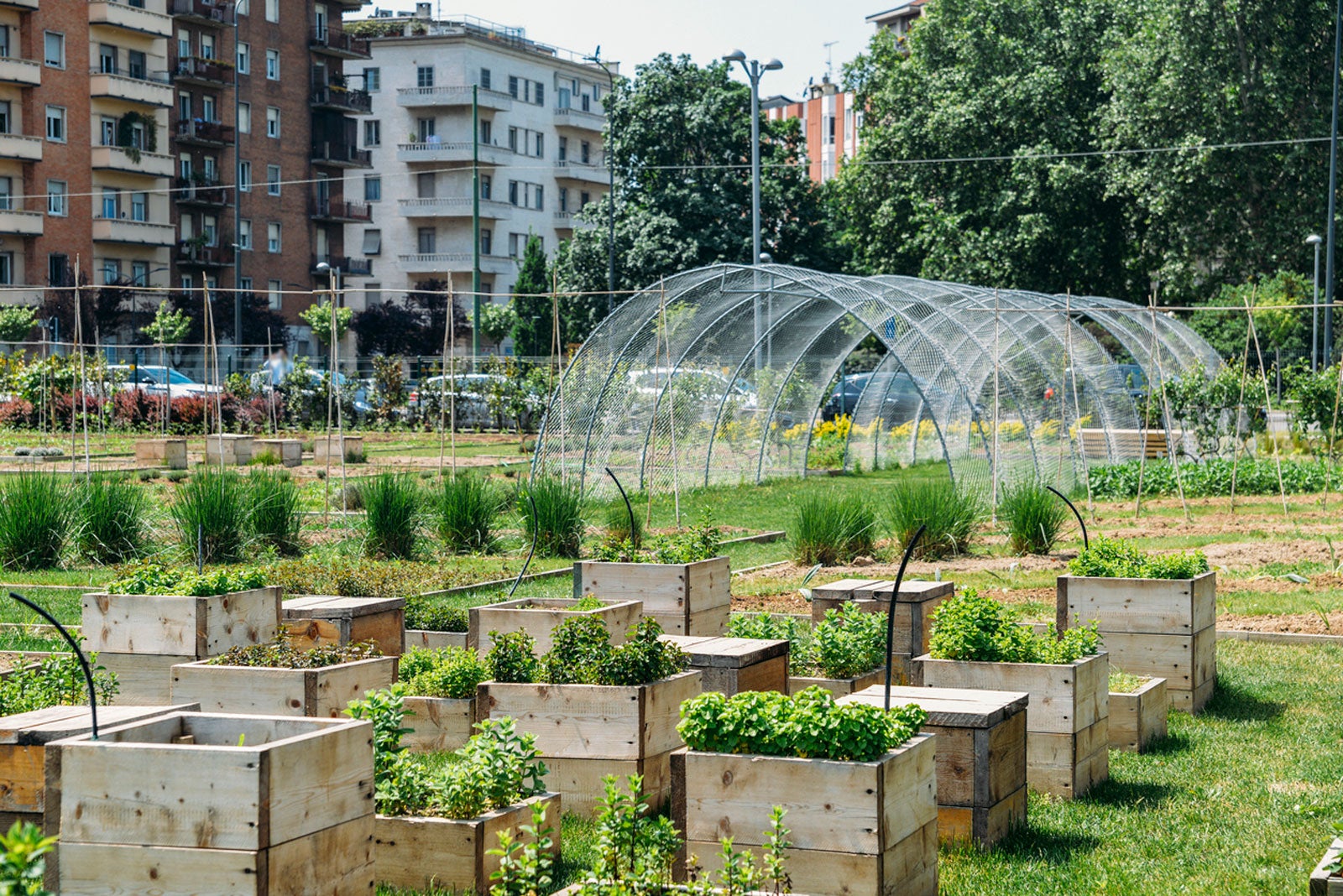Facts About City Blooming Revealed
Facts About City Blooming Revealed
Blog Article
Our City Blooming Statements
Table of ContentsThe Definitive Guide for City BloomingGetting My City Blooming To WorkIndicators on City Blooming You Should KnowCity Blooming - TruthsThe Main Principles Of City Blooming
Fascinated in expanding food for sale in the City of Chicago? Thinking of starting an area yard? Changes to the Chicago Zoning Statute allow farming usages like neighborhood gardens and urban farms in several components of the city. Below is a list of frequently asked questions pertaining to the policies and policies that cultivators must think about when planning a metropolitan farming project.
The zoning amendment does not change any various other codes handling composting, structure authorizations, purchasing or leasing City owned residential or commercial property, company licenses or environmental contamination. There are existing codes that control these issues and they stay completely impact and might apply to your project. Area gardens are commonly had or taken care of by public entities, public organizations or community-based organizations and preserved by volunteers.
Urban ranches grow food that is intended to be marketed, either on a nonprofit or for-profit basis. Because of their business objective, urban farms need a business permit. Yes. An area garden is enabled to sell excess create that was expanded on website if the sales are accessory or subordinate to the garden's main objective defined above.
City Blooming for Dummies
Composting is permitted however just for plant material that is generated and made use of on website. The amount of garden compost material can not exceed 25 cubic backyards at any kind of provided time according to the requirements in 7-28-715 of the City's Municipal Code. Yes. Since the soil at many new yard sites requires changing, garden compost, dirt, wood chips, or various other products can be obtained to create or enhance the growing space - garden care.

If a building permit is required after that the hoophouse will be considered an accessory structure. You can learn even more regarding the building license demands by calling the Department of Structures. The 25,000-square-foot dimension limit is planned to stop a solitary community yard from controling a provided block or detracting from the block's existing household or business personality.
The limit does not put on gardens located in Public Open Area (POS) districts. Can there be greater check my reference than one area garden that is 25,000 square feet on a single block? Yes. The dimension limit relates to individual yards, not to specific blocks. No. Fencing is not required, nevertheless, yards that have large parking locations may be required to set up fencing or various other landscaping functions.
The Best Guide To City Blooming
B1 & B2 districts call for that all commercial usage tasks be performed indoors. Is secure fencing needed for urban ranches? Fencings may be needed, along with landscaping and screening, for specific vehicle parking areas and outside work or storage locations depending on location and the details activity taking area.
Yes. Urban farms require building licenses and zoning authorizations before building and construction. Other forms of city review might be called for relying on certain frameworks, tasks, dimension, landscaping, licensing, public health and stormwater management issues. Most of these needs are identified in the task layout or permitting process, nevertheless, the applicant might be liable to individually recognize certain licenses or permits that might be needed.
Yes. The sort of certificate is established by what is occurring at the site. The Division of Company Matters and Consumer Defense can help determine the details kind of service certificate that's called for. Yes. Off street parking is required for the majority of industrial jobs in Chicago. The needed number of auto parking areas is based upon the number of workers functioning on site and not the square footage of the expanding space.
The 45-Second Trick For City Blooming

Yes. An urban farm can offer compost product created on site, nonetheless, the operation has to abide by the policies in 7-28-715 of the Chicago Municipal Code. Yes. Aquaponic systems are enabled inside on urban ranches in many zoning districts. A zoning testimonial and structure permit is needed in order to install structures or systems and a service certificate is called for as explained over.
Up to 5 hives or swarms of honey may be kept as an accessory usage. Beekeepers should register with the Illinois Department of Farming. To find out more concerning the proposed zoning change you might contact the Department of Real Estate and Economic Development, Bureau of Planning and Zoning at 312.744.8563.
, which takes area in country locations at the edge of residential areas.
Everything about City Blooming
It can involve an activity of organic farmers, "foodies" and "locavores", that seek to create socials media based on a common ethos of nature and community holism. These networks can establish by method of official institutional support, becoming incorporated into neighborhood town planning as a "change town" motion for lasting city advancement.
Some of the first proof of metropolitan agriculture comes from Mesopotamia.
Report this page